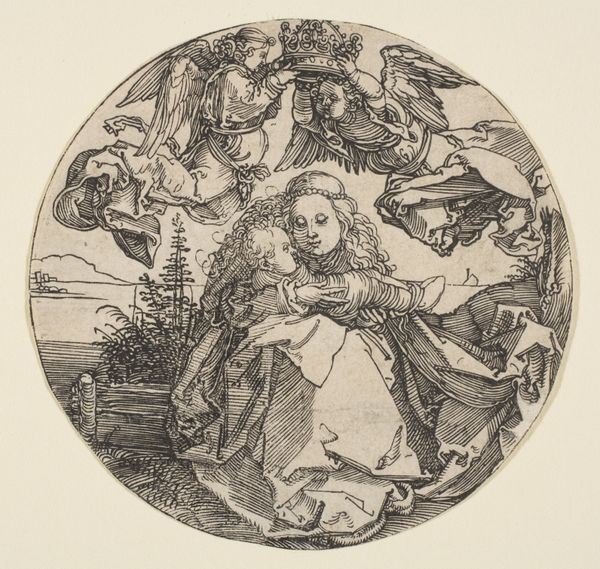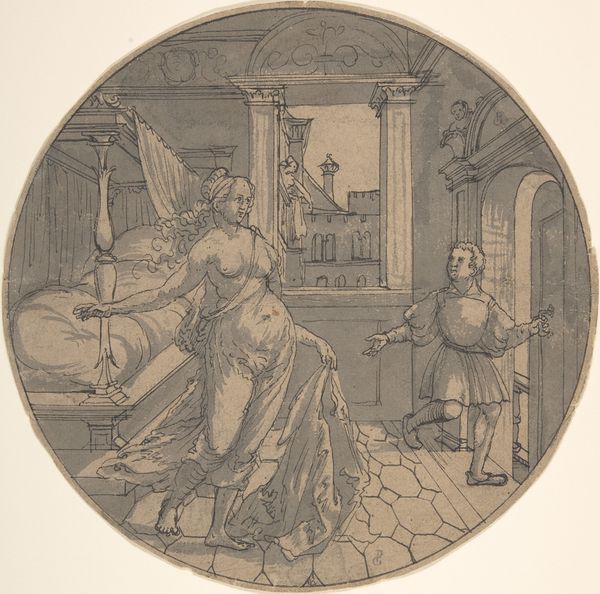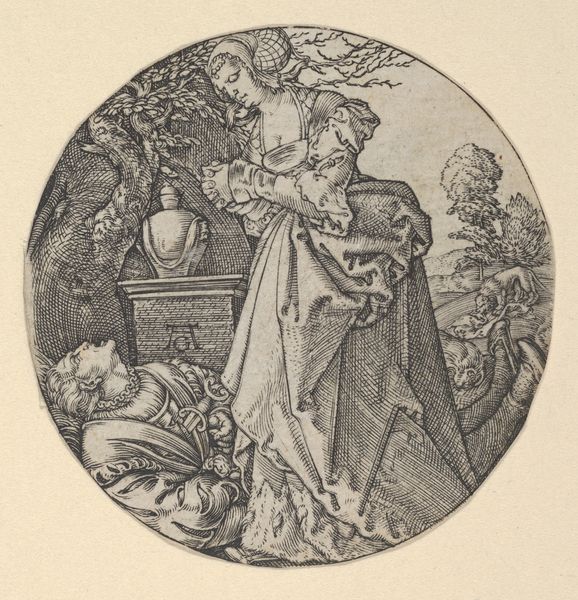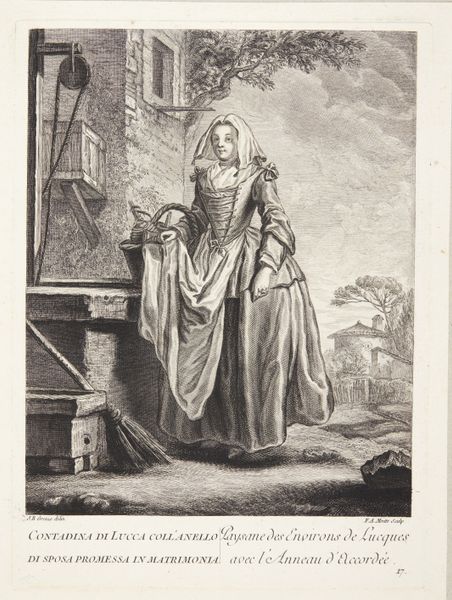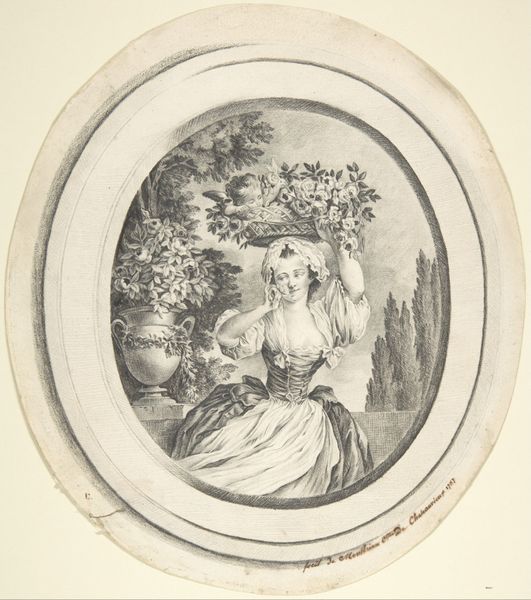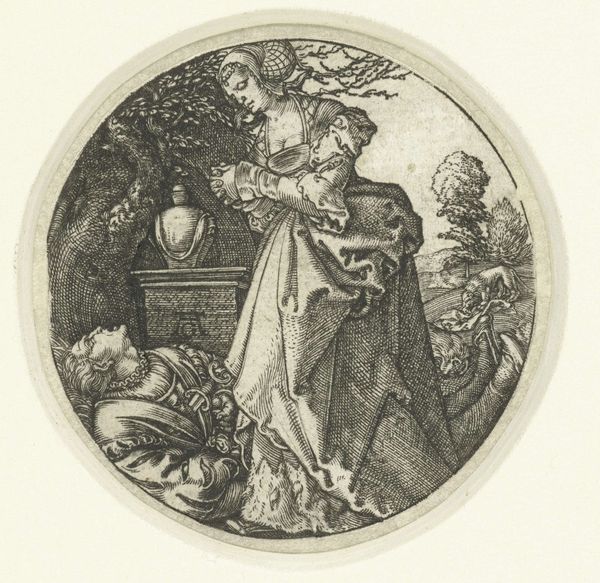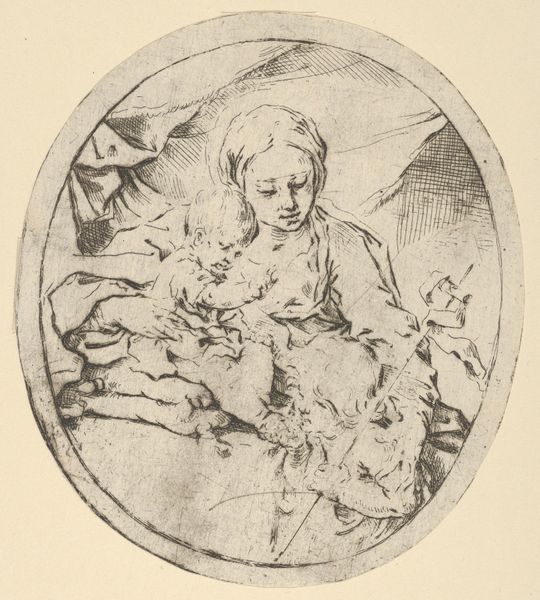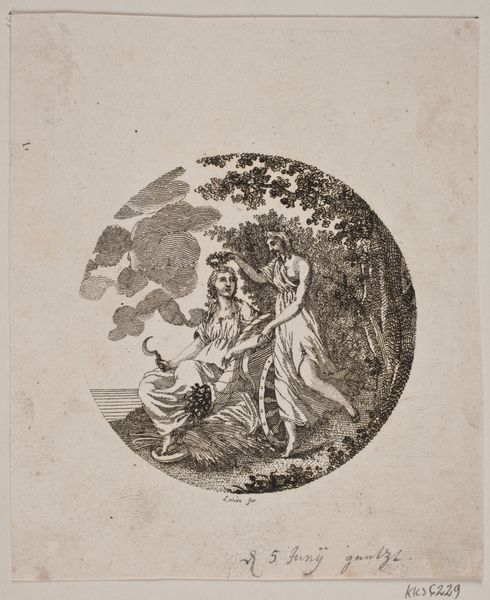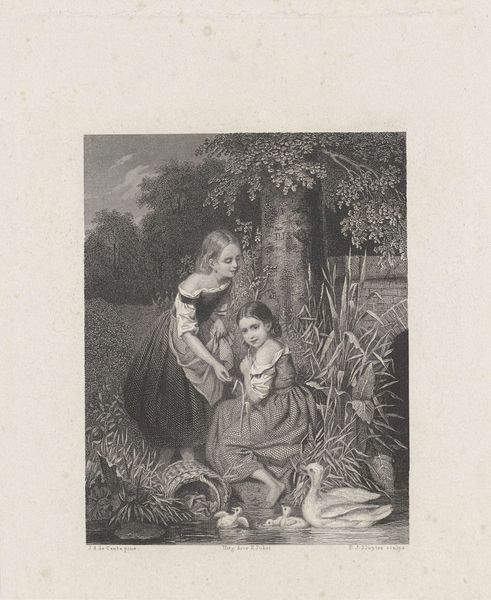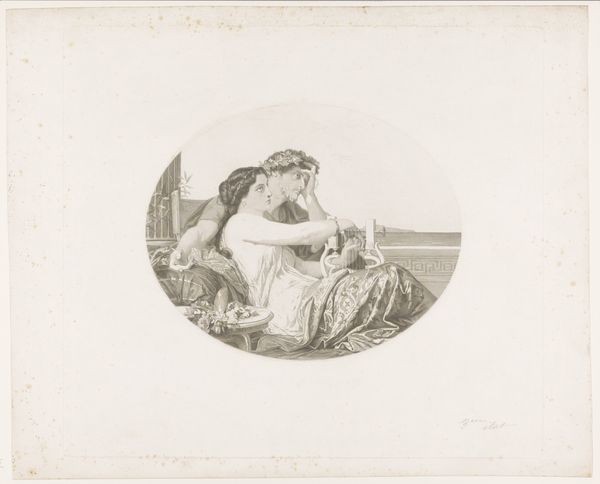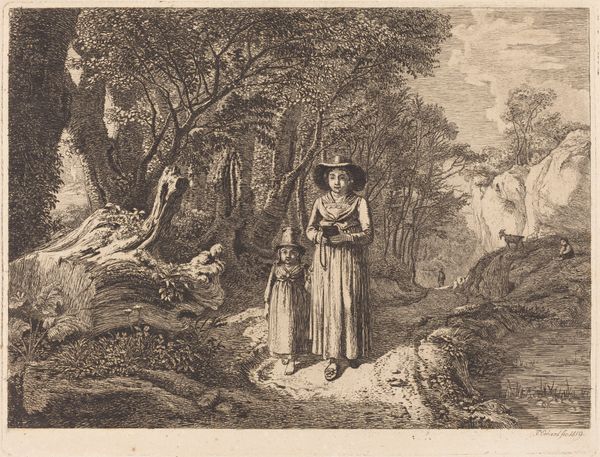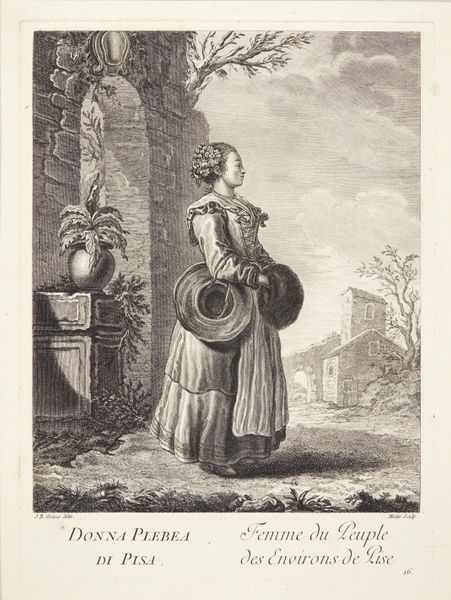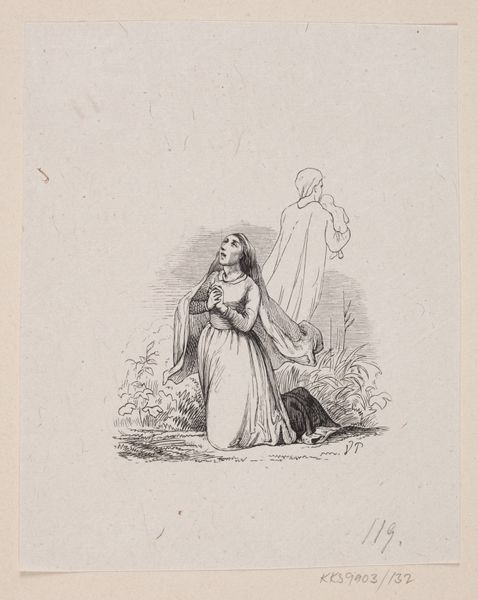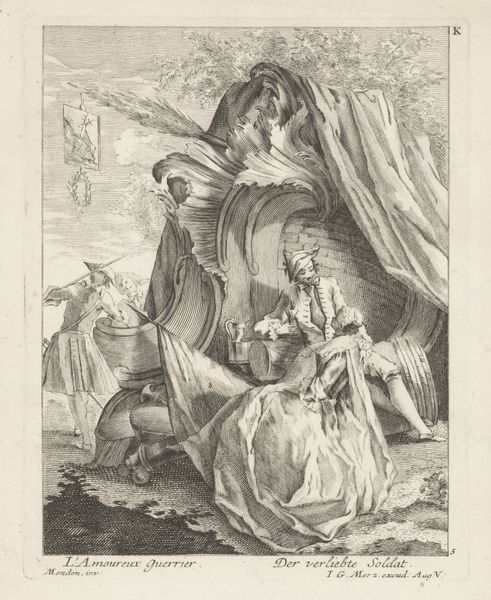
print, engraving
#
portrait
#
ink drawing
#
allegory
# print
#
mannerism
#
figuration
#
form
#
line
#
history-painting
#
engraving
Copyright: National Gallery of Art: CC0 1.0
Editor: Here we have Hendrick Goltzius's "Allegory of Prudence," created around 1586. It’s an engraving, and the detail achieved through that medium is remarkable. The mood seems…contemplative. What strikes you most about it? Curator: Immediately, I'm drawn to the material realities of its production. Consider the physical labor involved in engraving such fine lines, the pressure exerted, the control required. How does this reproductive process impact the dissemination of ideas and power structures of the late 16th century? Was the consumption of similar prints tied to a particular social class or patronage system? Editor: So, you see the work's creation as reflecting broader economic forces? Curator: Precisely! And notice the *stuff* in the allegory itself: the artist chose a very symbolic animal for a moral message, snakes and dove, but it can’t be removed from this specific historical context – the exploitation of natural resources for dyes and inks. Can the snakeskin patterns give us insight into specific manufacturing processes for printmaking? Also how is feminine virtue commodified? What can we gather from the artist's studio and labor regarding patronage during this era? Editor: That is fascinating. I wouldn't have considered the source and processing of ink and paper themselves as part of the message. Curator: Everything visible in that era reflects the materials at the engraver's disposal. What are the conditions surrounding that creation? Who funded it? And what statements does such patronage imply? Those sorts of relationships become etched into our readings and appreciation. Editor: It’s almost like the artwork’s story includes every pair of hands involved in getting it to the viewer, each telling a very tangible story about labor! I definitely have a new appreciation of Mannerist engravings, the social and economic implications behind what appears on the surface to be about the figure’s attributes, extend much beyond their artistic skill. Curator: Exactly. Recognizing and understanding the labor involved gives these works greater significance and connection with our lives.
Comments
No comments
Be the first to comment and join the conversation on the ultimate creative platform.
